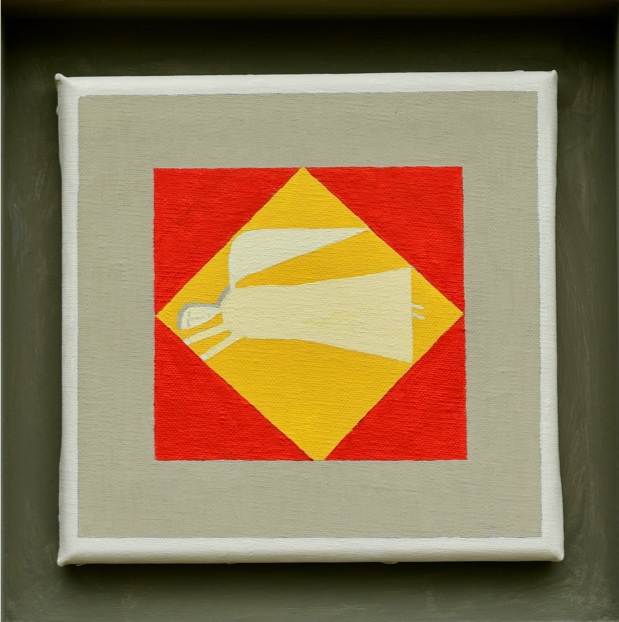Abstract
This essay explores the temporal complexity of medieval visionary narrative through the example of Alber's Tnugdalus, a twelfth-century German-language retelling of the Visio Tnugdali. It considers first eschatological time – that is, the temporal status of the afterlife depicted –, before turning to the narratological construction of time to show how pasts, presents and futures are collapsed in visionary narrative. Finally, it turns to the temporality of the text itself. The composition of the text is presented as part of a chain of telling and mediated retelling, and narrates a journey to the afterlife that transforms the life of the traveller (Tnugdalus) as well as the lives of those who hear it in the moment of retelling, a moment that is potentially infinitely repeatable.

This work is licensed under a Creative Commons Attribution-ShareAlike 4.0 International License.
Copyright (c) 2023 Sarah Bowden
Metrics
Metrics Loading ...

